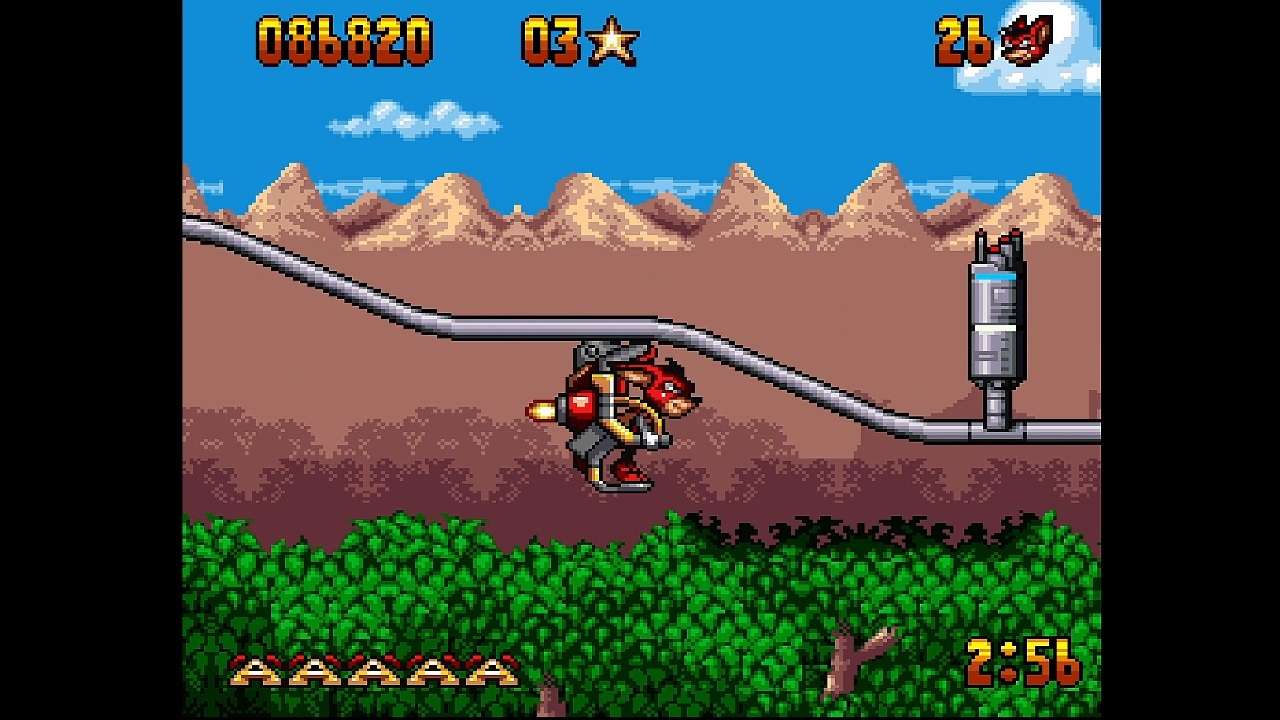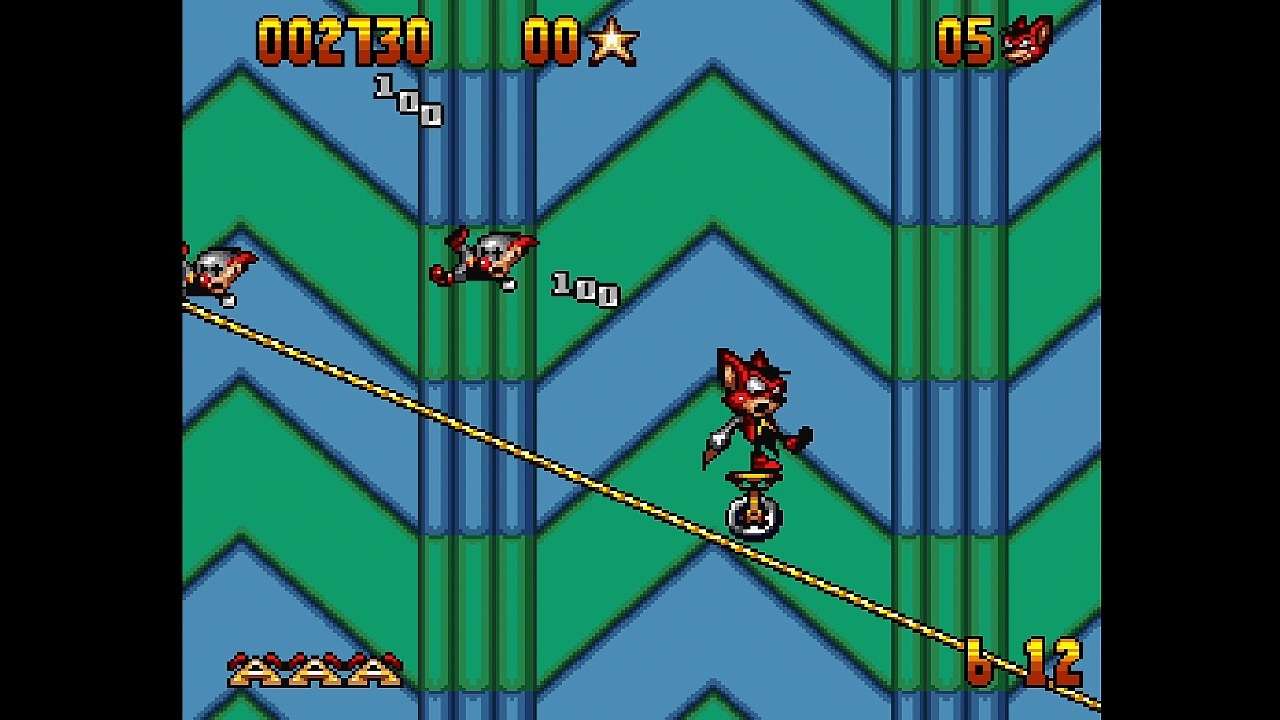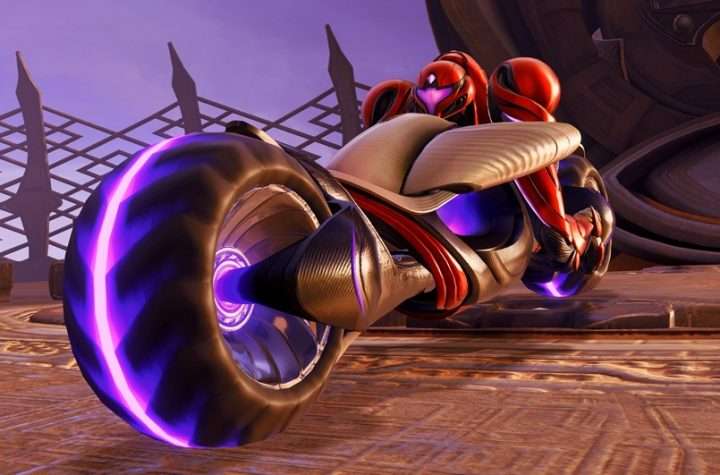There’s something charming about retro games: they’re a way to look back in time at both the design of game’s past and the glorious imperfections that made them so memorable. By all accounts, we’ve moved past the simple design of Mario’s World 1-1, learned how to avoid accidentally creating Minus Worlds, but that only adds to the mystique and respect we show the ancestors of modern gaming. And it makes sense too, the wheel can only be invented once, and then we have to iterate on it to make something new and unique again. At the same time, the accidental creation of many of gaming’s most famous glitches lead to developers ensuring they would never be repeated again, leaving these bugs immortalized and restricted to their games of origin.
Modern gaming has a deep respect for its past, with remasters and remakes updating classics to keep them relevant for the next generation of gamers, expansive efforts to ensure that no game becomes lost media, and even direct ports of the games of old that keep them nearly 1-to-1 with their origins and keep their arcade feeling alive. Of course, companies would always start with their flagship titles, but eventually every dog has its day. …or, rather, every Bat knows where it’s at.

Aero the Acro-Bat was originally released in 1993 for both the SNES and the Sega Genesis. Developed by Iguana Entertainment (the eventual creators of Turok: Dinosaur Hunter) and released by Sunsoft (a company pivotal in the porting of many Sega games to Nintendo consoles), the game stars its titular character as he embarks on an adventure to save his beloved circus and look cool while doing it. The game proved popular enough to warrant a sequel in 1994, a spin-off about his rival Zero the Kamikaze Squirrel titled… Zero the Kamikaze Squirrel, and even a port for the game in 2002 to the Game Boy Advance. However, despite his best efforts to maintain a foothold in the industry as it moved beyond the time when animals with attitude were all it took to make a franchise, Aero got the axe and was relegated to the Wii’s Virtual Console. Thing is, Aero is a diva, and what’s more flashy than a dramatic comeback?
Booting up the modern version of the game leads you to a menu with a few options to chew on before loading into the main game. You can of course adjust the controls and settings of the game, but there are other fun changes as well such as faux-CRT lines, simulated visual static, and even a greyscale mode for those who used to play on older televisions. You can also activate different cheats to mix up your gameplay or to help out if you get stuck, ranging from mimicking arcade free-play with unlimited lives to powering up with unlimited flight. You can also peruse an impressively large gallery of materials regarding the design process for the game and even Aero himself, as well as look through digital copies of the manual, advertisements, and even the full box art.
But, naturally, you didn’t buy the game to look at the box. Once you’re ready, you’ll load into the game itself in all of its 16-bit glory and enter the funhouse.
Aero the Acro-Bat is a game about its titular character, Aero the bat acrobat, embarking on a quest to save The World of Amusement Circus and Funpark from the clutches of a vengeful industrialist. That man, a villain named Edgar Ektor, was a regular at the Circus when he was a boy until 20 years ago, when he was banned from the park after a failed prank nearly killed one of their lions. Naturally, this young, spoiled and rich brat took the logical next step to try and conquer and destroy it with the assistance of Zero the Kamikaze Squirrel, whose species and weapons of choice are rather apparent, and his loyal Psycho Circus gang. With a park to save, performers to rescue, a girlfriend to free and an audience to please, Aero steps up to bat (pun intended) to spin-drill his way to victory.
Aero moves about in that classic retro slippery-stiffness, turning nearly on a dime while still sliding slightly between actions. Outside of simply running and jumping around, his main method of attack and traversal is by drilling through the air diagonally at the press of a button, giving him a bit of height and speed while cutting through nearly anything in his path. Along his journey, he may find plenty of collectables, from carnival food to gift-shop items. However, this rude dude with a ‘tude doesn’t quite need those stinkin’ Stars he finds throughout the levels and instead stockpiles them up to throw at opponents like a shuriken. Sorry plumber boy, you’ll need to look elsewhere if you need ‘em to save the princess. Aero can also occasionally find a powerup that lets him take full advantage of his wings, taking to the skies for a short while. Take notes, hedgehog, because this hero doesn’t need Emeralds to fly!
Of course, considering this is an older game from a time before expansive tutorials and an understanding of game balance and difficulty scaling, sometimes you might encounter a blind jump you don’t make on your first try, a group of enemies you bounce right off of instead of cutting through, or even launch out of a cannon directly into a flaming ring instead of through it. That’s where the advantages of the port come in, providing an easy way to create save states before you make your move, and also having a dedicated button to rewind time in the game for a do-over or micro-adjustment. For those who get tired of long ladder-climbing animations, the included fast-forward button is also quite handy. These, combined with helpful time-saving cheats like infinite lives, allow the player absolute control over their experience and allowing them to shape their gameplay any way they’d like: from exactly as it was designed decades ago to utilizing the built-in tools to plan out a perfectly optimized run of the game, the choice is yours to make.

Of course, the game goes from good to great with its fantastic visuals and music. Perfectly matching the aesthetic of a carnival, the stages are filled with color and atmosphere: the roof features rafters and stage lights hung up on ropes, the ground transitions from colorful platforms to the dirt of the ring itself, all the while the crowd watches from the background, enjoying the cheery and chaotic whimsy of the music. The enemies are diverse in design and function, with simple roaming clowns without a clue, big boss clowns who dive in at you and hurl bouncy balls your way,and even trapeze artists clinging to their ropes while parading knives your way. Of course, the star of the show is Aero, and he won’t let anyone forget it: from diving into pools and relaxing while doing the backstroke to the other side, to crisping up when he gets too close to a flame like a Looney Tunes character, and even moments of cool as he dives into a ring of light to teleport across the stage, Aero’s expressiveness is what the entire experience relies on.
That said, the game is far from a perfect experience. Outside of the game itself and a gallery mode, there’s very little on offer for the whole package. Within the game itself, it has all the trappings of an old retro game to hold it back: unclear instructions for levels, tricky controls, imprecise feedback when you whiff on an enemy that leaves you wondering why you bounced off harmlessly instead of carving through them, and even being given completely no idea where the exit of the stage is once you’ve reached your goal.
…and yet, the game accomplishes everything it sets out to do, it fully embraces being all that it has to be and not trying to be anything more. The game knows full well that it isn’t a remake or a remaster, and so it intentionally leaves the core experience unchanged from how it was so long ago. The ability to look at a game as a product of its time and accept its flaws with its excellence is what defines the idea of a Classic game, retro or otherwise. Nothing is ever perfect, and over time changes and improvements are made that leave certain types of experiences behind in their pursuit of progress. If we look back on older games as nothing more than the unrefined controls or the bugs that we’ve since moved beyond, we lose sight of what made these games special in the first place: their unique experiences, even more unique now that a game like this likely won’t be made again. Aero the Acro-Bat is a perfect example of this.
I’ll admit, after adjusting to the graphics and hearing the music for a while I got used to them, thinking that they were ordinary when compared to themselves. Then I struggled with the controls, and by all accounts I should have thought that the game was poorly made and unfun. …but I didn’t. Something inside of me kept me going, and it got me to look at the whole package again after I’d fallen into the trap of mistaking the trees for the forest. Of course we’ve moved beyond the technical limitations of the time, of course we’ve refined controls since then. But look at what we made with those limits: how expressive, vibrant, and joyous we made this world with a limited palette of colors and storage space for music; how much we experimented with minigames just for the sake of experimenting and providing something cool for the player to do; how fun the game is in its best moments when things flow naturally.

Aero the Acro-Bat is, like every game, an experience that can’t be made again, not exactly as it was. But we’ve preserved it exactly how it was meant to be, and we’ve kept it for people to be able to experience all it has to offer, both the good and the bad. It took a while to realize that in an era of constant evolution and change, often just for the sake of marketing change, not everything needs to be completely updated, renovated and iterated until it doesn’t even resemble what it was before. Sometimes an experience doesn’t need expansive extras or new modes or changes just to fit in, it just needs to be itself because nothing else can be. Perhaps there’s a lesson in there for all of us. …then again, sometimes an Acro-Bat is just an Acro-Bat.
As for Aero himself, I think that this game offers a once-in-a-lifetime opportunity to put him back into the limelight. Decades ago he tried to take on Sonic the Hedgehog and earn a place as one of the most iconic video game characters of all time. Now, he can have a second chance to earn the spotlight. I highly encourage any developers with a bit of Acro-Bat fever to give him a shot and make this legacy revival the comeback act of the century. In the meantime, I wholeheartedly recommend checking out Aero as he originated, enjoying the nostalgia and the gameplay that we simply don’t make anymore, even if sometimes it’s for a reason. With that, the curtain closes for me on Aero’s act, and I can’t recommend it enough. It was a thought-provoking deep dive into game development history, nostalgia-blindness, recency-bias and sheer creativity, all packaged up with a lovely 16-bit bow.
Bravo, Acro-Bat. Here’s hoping for an encore.
For more information, visit https://www.ratalaikagames.com/
Related: Reviews by Aaron Grossmann
Gaming is a passion that I, like many other people, hold near and dear to my heart. As an aspiring Game Writer and general Storyteller, I enjoy looking into the vast worlds and deep stories of every game I can. Then again, sometimes bad guys just need a good pummeling, and I am more than happy to provide!





More Stories
GTA Online: A Safehouse in the Hills Heading to PlayStation, Xbox, and PC on December 10
S.T.A.L.K.E.R. 2: Heart of Chornobyl Review for PlayStation 5
Call of Duty: Black Ops 7 and Call of Duty: Warzone Season 01 Now Live along with RICOCHET Anti-Cheat Update